Did you know that you can use many common household products to conduct science experiments from your home?
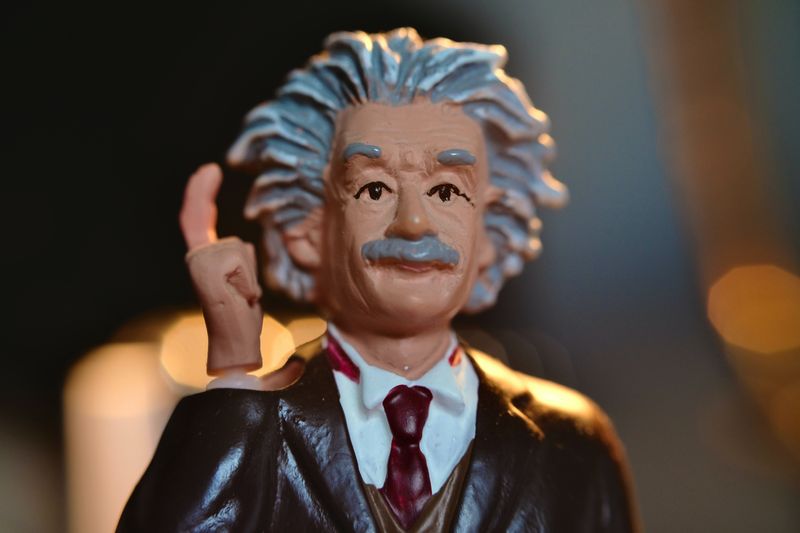 Photo by Andrew George on Unsplash
Photo by Andrew George on UnsplashKickstart your home laboratory with these experiments using materials from around the house!
But first, a word about lab safety:
Always use adult supervision
Choose a well-ventilated and well-lit space
Wear safety goggles, aprons, and gloves when handling potentially hazardous chemicals
Gather all your needed supplies before beginning any experiment
Be neat and organized
Clean up all spills & dispose of wastes properly
Store chemicals and materials appropriately
1. Discover Density
Density measures how tightly a material is packed together. Different densities of materials will float different types of objects.
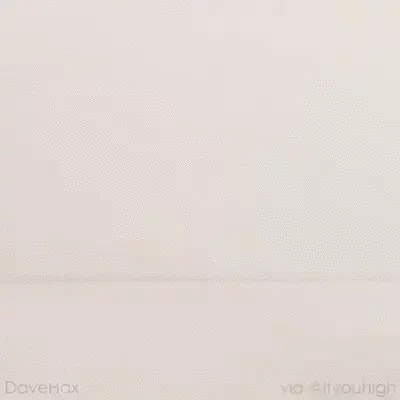
In this experiment, you'll discover which liquids are more dense than others. Less dense liquids will float while more dense liquids will sink. Objects will float on liquids with higher densities but will sink through liquids with lower densities.
 To explore density, you'll need:
To explore density, you'll need:
A large glass cylinder
Honey
Corn syrup
100% maple syrup
Whole milk
Dish soap
Water
Vegetable oil
Rubbing alcohol
Lamp oil
9 empty plastic cups
A turkey baster
Food coloring
A bolt
A popcorn kernel
A die
A cherry tomato
Some beads
A soda bottle cap
A ping pong ball
Note: Use as many of the liquids and objects as you have on hand!
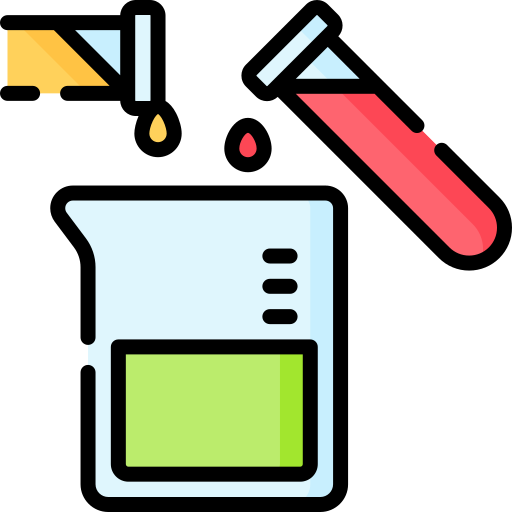 Set up the experiment:
Set up the experiment:
Measure out equal amounts of each liquid into the cups.
Color the water and rubbing alcohol with food coloring (for visibility).
Layer the honey, then corn syrup, then maple syrup in the cylinder...don't let the liquids touch the sides when pouring!
Using the turkey baster, SLOWLY layer the milk, then the dish soap.
Use the turkey baster to SLOWLY pour the remaining liquids down the side.
Now, carefully drop the objects into the cylinder.
Observe where each object falls.
Make note of where each object lands and consider why it landed and didn't sink!
2. Investigate Insolubility
Solubility is the ability of one substance to form a solution with another substance.
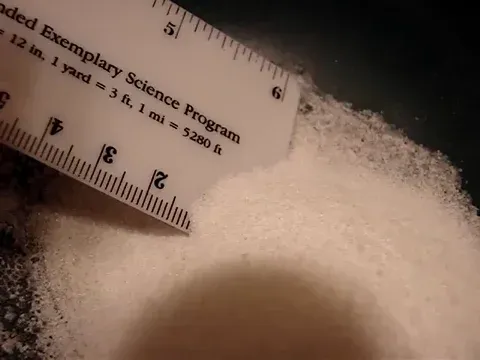
When two substances won't mix, they're said to be insoluble (think rocks and water — rocks don't dissolve in water).
In this experiment, you'll investigate the insolubility of a dry-erase marker.
To explore insolubility for yourself, you'll need:
A dry-erase marker
A glass or shiny porcelain plate
A small amount of water
 To do the experiment:
To do the experiment:
Begin by drawing a figure (stick figure or fish or flower) on the plate using the Expo marker.
Draw the lines thick.
GENTLY and SLOWLY add the water to the plate.
Watch your figure float around!
3. Study Surface Tension
Surface tension is a force that causes a layer of liquid to behave like an elastic sheet or skin.
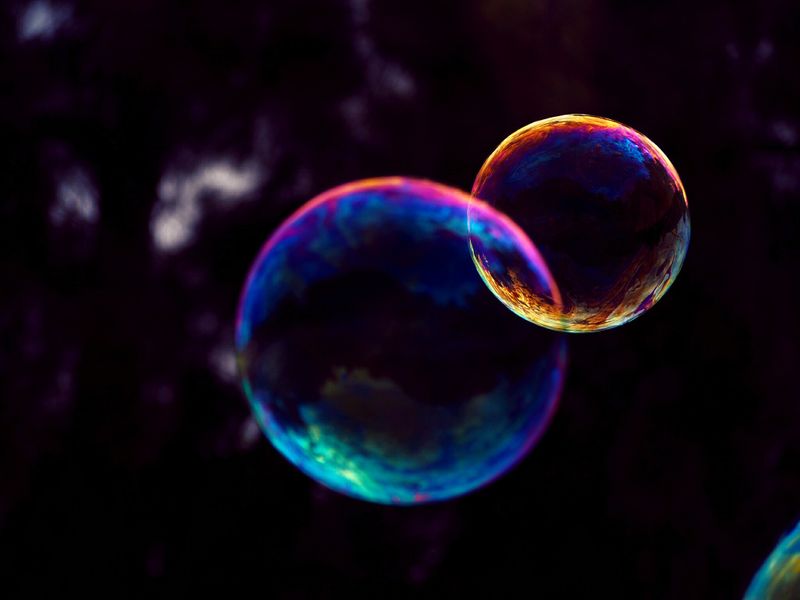 Photo by Marc Sendra Martorell on Unsplash
Photo by Marc Sendra Martorell on UnsplashIn this experiment, you'll study how soap changes the surface tension of water, making it flexible enough to form bubbles!
To explore surface tension for yourself, you'll need:
6 cups water
1/2 cup cornstarch
1 Tbsp. baking powder
1 Tbsp. glycerine (or corn syrup)
1/2 cup blue dish soap
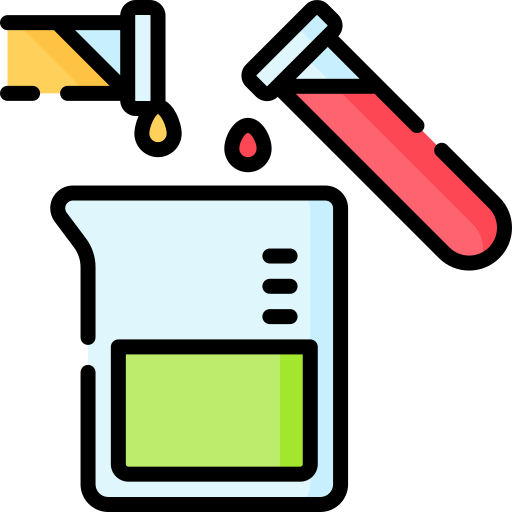 To do the experiment:
To do the experiment:
Begin by mixing the water and cornstarch.
Slowly stir in the remaining ingredients!
Use the solution with a bubble wand. How big can you make your bubble?
Quiz
How does soap (like dish soap) affect surface tension?
4. Produce a Polymer
Polymers are made up of very large chains of molecules. Molecules are made when two or more atoms join or bond tightly together.
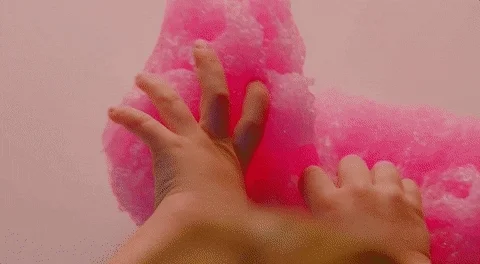
In this experiment, you'll produce a polymer by linking the long flexible molecules of glue so they become stretchy and not fluid.
To explore polymers for yourself, you'll need:
8-ounce bottle of Elmer's white glue
borax activator (1/2 cup water & 1/4 tsp. laundry borax mixed together)
Food coloring, optional
There are many recipes that create different types of slime. The one given here is a basic slime recipe.
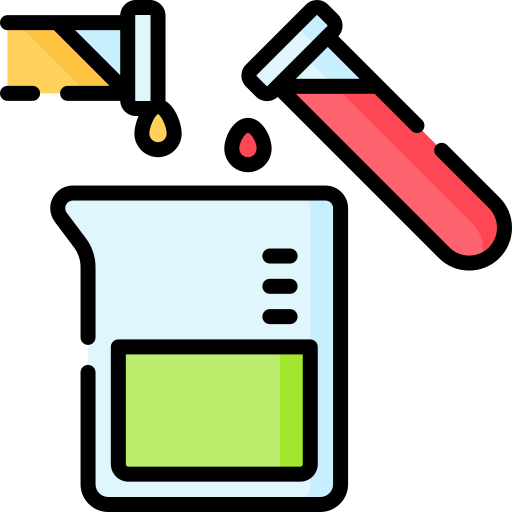 To do the experiment:
To do the experiment:
Empty the bottle of glue into a mixing bowl and add food coloring. Mix to blend.
Add a small amount of the Borax solution to the glue. The slime should start forming. Continue to add the Borax solution until the slime is stretchy but not rubbery.
Try using clear or sparkle glue in place of white glue!
Slime is a non-Newtonian fluid. A non-Newtonian fluid is neither liquid nor a solid. It can be picked up like a solid but also ooze like a liquid.
— Little Bins, Little Hands
5. Replicate a Rainbow
You don't have to wait for a rainy day to see a rainbow! You can create your very own!

In this experiment, you'll replicate a rainbow. What causes rainbows? Rainbows happen when sunlight beaming through water molecules is split! Light can be reflected from surfaces to form a rainbow effect too!
To replicate a rainbow for yourself, you'll need:
CDs or DVDs
Flashlight
Prism or crystal
Water and clear cup
White surface (wall, paper, etc.)
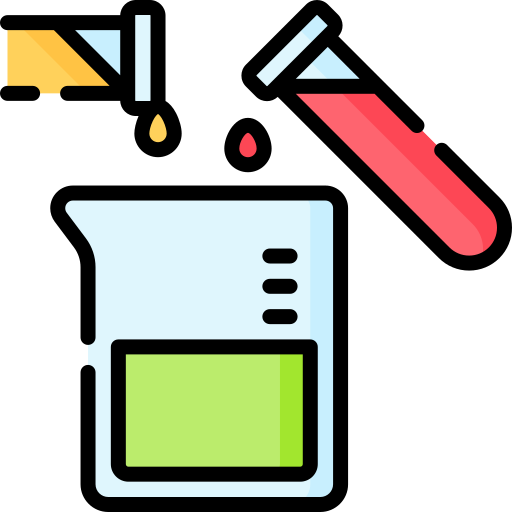 To do the experiment:
To do the experiment:
Shine the flashlight on a CD or DVD to create a rainbow on the CD or DVD's surface. Shine the flashlight at an angle to cast the rainbow to a wall.
Shine the flashlight through a prism or a crystal to cast a rainbow.
Fill a clear cup with water then shine the flashlight through the side.
Take Action
There are many other experiments you can do with household items! Home science experiments are not only engaging but they're educational as well as inexpensive. What young budding scientist wouldn't want to put an egg into a jar?
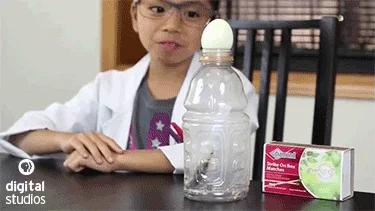
Your feedback matters to us.
This Byte helped me better understand the topic.





